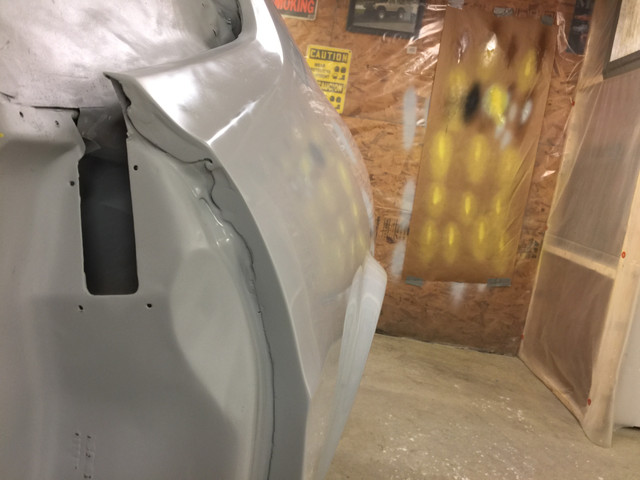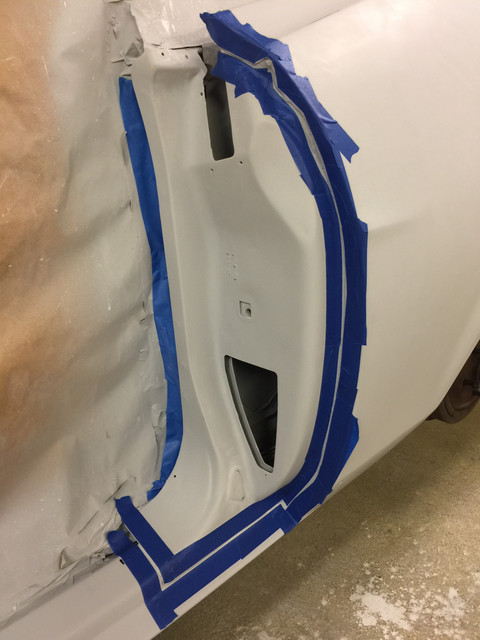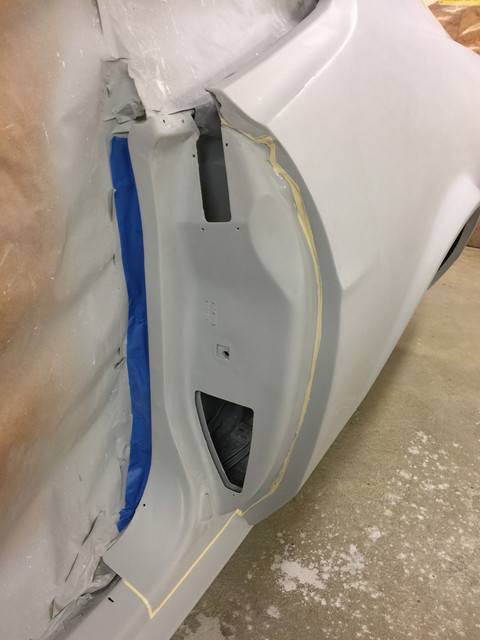I am not sure about where the shape of the panels change between body styles. How you weld the panels on can be controlled by where you live. In North Carolina where I live it is not legal for a shop to do panel replacement and use on of the small hand held spot welders. They do not have a programmable controller to keep the weld perimeters correct. The small spot welders do not have water cooling so as the electrodes heat up the resistance in the copper goes up and the welds change. There are spot welders that you can buy that are legal but costs tens of thousands of dollars and most home builders cannot afford them.
I worked in a factory that stamped parts for Ford, Toyota, BMW, Mercedes, John Deere, Honda and others. We also did lots of welded assemblies. We built every econoline van front floor from 1969 until into the 1990's and we dropped all of the Ford work due to zero profit. The spot welding was done with either press welders, robots, and still some by hand for lower volume. We had to do weld tear downs all the time to see that the spot welds were pulling a nugget of material showing it was a good weld. All of the welders had water cooled tooling and all of the robots had automatic tip dressers to clean the tips at scheduled intervals.
I have one of the Miller hand held spot welders but you do have to constantly dip the spot weld tips and arms in a bucket of water to cool them and you have to do tear down samples often to make sure the welds are good. There is no timer you have to count how long to hold the trigger a big guessing game. The clamping force that the home units have is not enough to correctly clamp the metal before welding. The factory style clamp with hundreds of lbs. of force. The program does more than just send the current. You will pulse the current to burn any oil, galvanize and coating off the material then the current for the weld is applied. You cannot control that at home you just guess.
When you plug weld you can actually see the weld is there.
To get all the rust, sealer and paint off I prefer to have the chassis dip stripped. It removes everything and they phosphate coat the clean steel to prevent rust until you get your epoxy primer applied. It does cost around $2,100 USD depending on size of vehicle. I have contacted this company and they are willing to allow me to take a few pics of the process but they would not allow video to keep some of the process propitiatory. My friend that restores cars has used them for years and is way better than media blasting that does distort the metal no matter wet or dry. It gets rid of all the old sealer so the rust under the sealer is also gone.
https://chem-strip.com/portfolio/
Just a reminder about the seam sealer and undercoating Ford used back then. They used asbestos as a filler in both so a really good N-100 mask needs to be worn when removing it at home. I think Australia is cracking down on importing cars with asbestos even in brakes and clutches. Crazy but they are. Link to some info on the subject.
https://oldtimerdaily.com/asbestos-law-blocks-import-of-classic-cars-in-australia/
























































